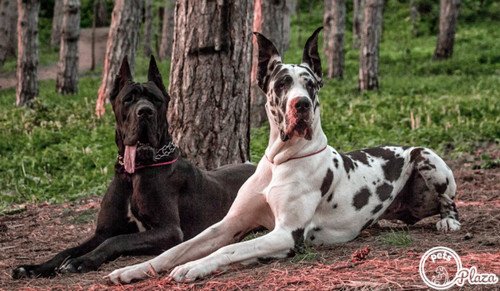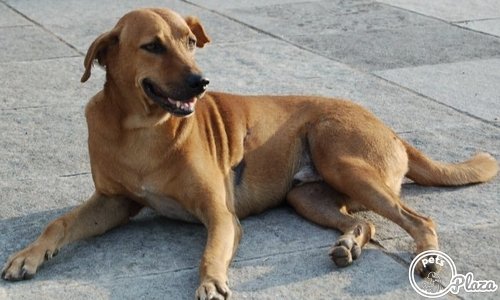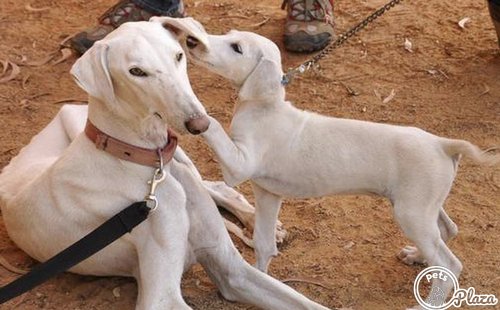Floppy ears, tensed and a stocky face, and a short body is how we usually define pug breed dogs. People generally label this breed with the Latin phrase, “multum in parvo”, which loosely translates to a lot in a little.
This phrase rightly explains the temperament of a pug in just a few words. Pugs are small dogs with laid-back personality that do not shy away from telling you how they feel.
Pugs are a great family dog and known to be serious, observant and intelligent. They don’t need much exercise and are just content with their daily dose of walks and dog parks.
They have an outgoing personality and befriend everyone easily, making them a perfect candidate for a lapdog.
Quick Information
| Height | 25-28 inches (64 – 71 Cm.) |
| Weight | 18-20 lbs (8 – 9 Kg.) |
| Coat | Double coat, smooth |
| Breed | Purebred |
| Barking | Moderate |
| Tendency to drool | Low |
| Temperament | Stubborn. Anxious, affectionate, welcoming |
| Life span | 12-15 years |
| Colors | Black, fawn, silver, apricot |
| Bred for | Being a lapdog |
| Availability | Easy |
| Country of Origin | China |
| Smell Sniffing | Very Good |
| Nature | Stubborn |
| Hypoallergenic | No |
Pictures
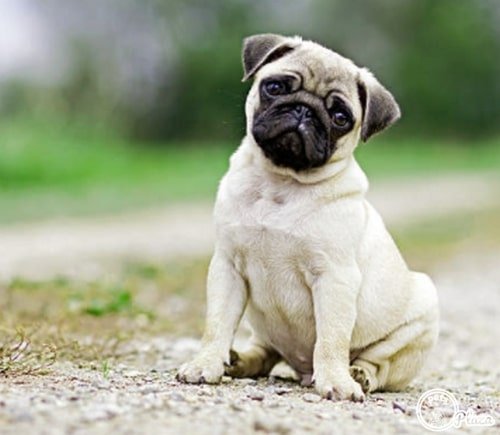
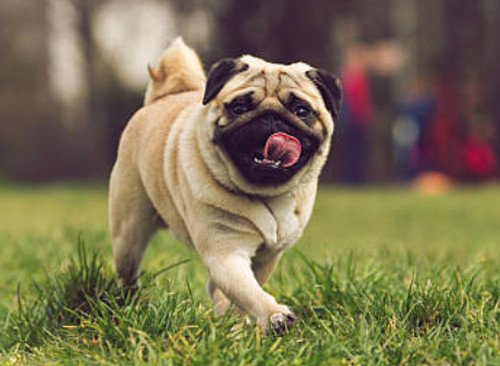
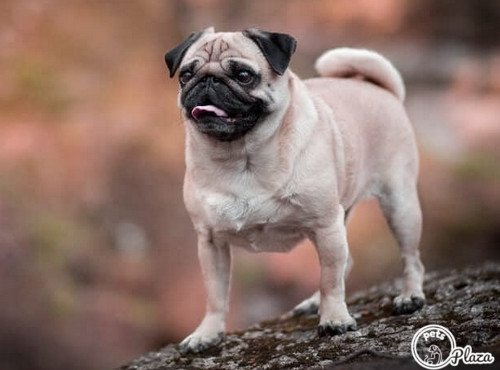


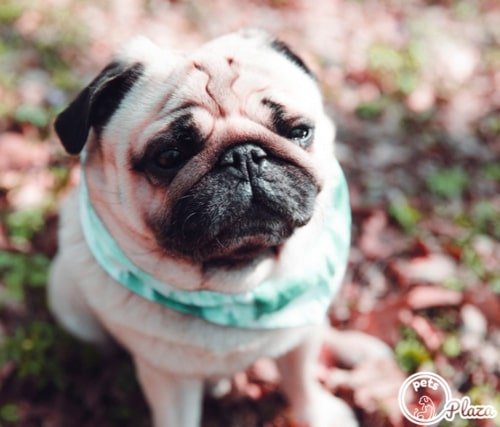
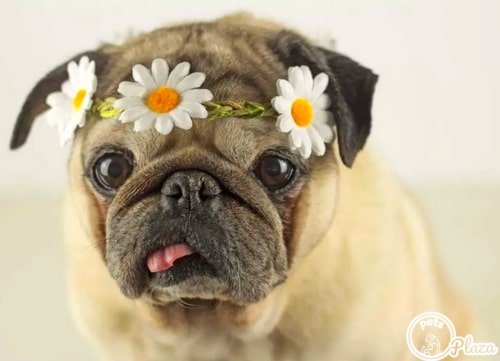
History
This breed’s history can be traced back to ancient China around 500 BC where it is assumed they originated from the local breed Pekingese. They were considered a royal breed and some even had their own palaces and servants. They were later brought to Europe and became the official House of Orange dog after one pug saved Prince of Orange’s life in 1572 by alerting him about the approaching Spaniards.
Pugs’ popularity later took off in France and even Napoleon’s wife Josephine used her pet dog to transport secret messages to her husband while she was imprisoned. However, by the nineteenth century their popularity started to decline as people started favouring more agile and active dog breeds. It was Queen Victoria of England that brought pugs back to the popularity map as she owned 36 pugs and was also a breeder.
Temperament and Behavior
As already mentioned above, pugs are serious dogs, but they are also quite loving and affectionate towards their families. They are ideal family dogs that are also friendly with children, other pets and even strangers.
However, pugs are stubborn and if things don’t go their way, they can throw a fit easily. They are calm and lazy dogs that aren’t very active and can sleep for more than 10 hours a day. Pugs in general need regular affection and can suffer from separation anxiety when left alone for long period of time. Pugs do not get angry easily, they throw tantrums but they have an easy-going and pleasant behavior generally.
Health and Care
Pugs usually live long up to 12 to 15 years, but are also prone to some health problems. That is why if you are owning a pug, it is essential that you take proper care of them, feed them the right amount of nutritious food and take them on regular walks. When isolated, pugs get sad and depressed, so one need to make sure that they aren’t left alone for long.
Pugs also have no control when it comes to food. They love food and if you don’t control their diet, they can easily turn obese. They are prone to allergies; dental and skin problems so regular vet visits is a must to ensure your dog is healthy.
Common Health Problems
- Dental problems
- Canine distemper
- Obesity
- Pyoderma
- Herniated discs
- Allergies
- Breathing issues
- Cherry eyes
- Encephalitis
- Screw tail
Grooming
- Pugs have thick, coarse and short hair and they tend to shed moderately. However, they are not a high-maintenance dog breed.
- You need to make sure to brush their coats regularly to manage their shedding.
- Also, make sure to clean their folds properly preferable once a week, to prevent any skin infection or bacterial growth.
- Pugs nails should be trimmed regularly as long nails can break and cause them discomfort. Bathing pugs often is not necessary since it can strip off their natural oil.
Training
- Pugs love to please their owners and so are easy to train. However, don’t be too tough with them as they have a sensitive nature.
- Using positive reinforcement words and lots of treats is the right way to go.
- Pugs also get distracted easily and are stubborn so you need to have a lot of patience while you train them.
Frequently Asked Questions
Q1. What is pug breed price in India?
Pugs price in India depend on their quality and location and can cost around Rs.10000- Rs.30000 (INR, ₹).
Q2. What is pug breed price in USA, UK, and Canada?
Buying a pug in the USA can cost you around $500-$800 (USD, $), in Canada it can cost somewhere around CAN $800 (CAD, Can$) depending on the breed quality, whereas in the UK it can cost you around 1200 pounds (GBP, £).
Q3. What is the life expectancy of a pug?
If owners take good care of their dog, a pug can usually live around 9 to 12 years easily
4. What is the average size of an adult pug?
While male pugs usually grow taller than female pugs, their average size is around 25 to 32 cms.
Q5. Do pugs need exercise?
Pugs are not very active dogs and don’t require much exercise. However, taking them on regular walks for 30-45 minutes is essential to keep them healthy and fit
Q6. Are pugs a friendly breed?
Yes, pugs are a friendly breed that are pretty good with kids, other pets including cats , and strangers.
Q7. Do pugs tend to bark a lot?
Yes, pugs are quite vocal and they bark a lot to express their excitement or even displeasure about something
Q8. What is the average litter size of a pug dog?
The average litter size of a pug is usually 2 to 4 puppies.

